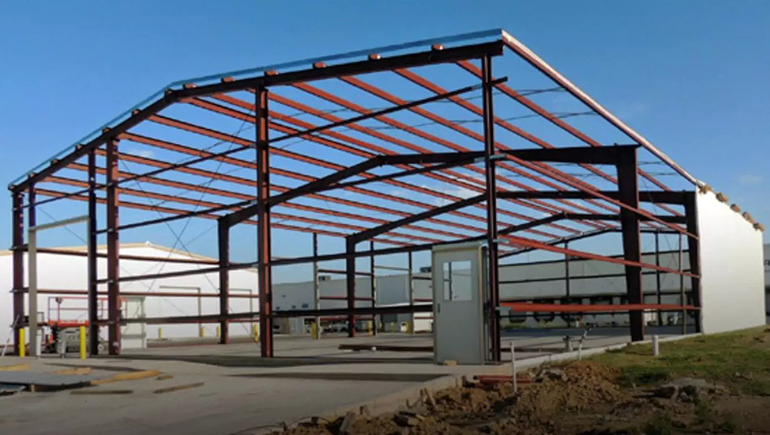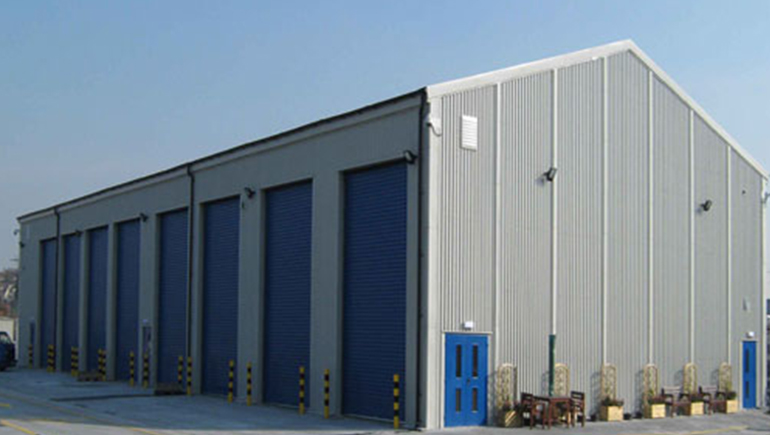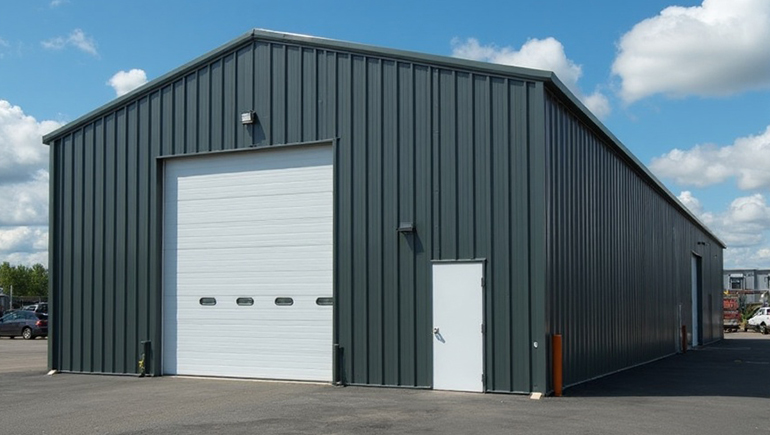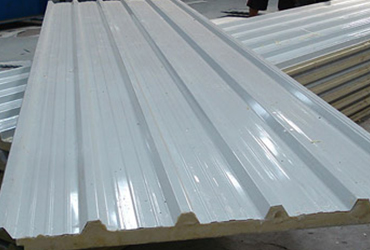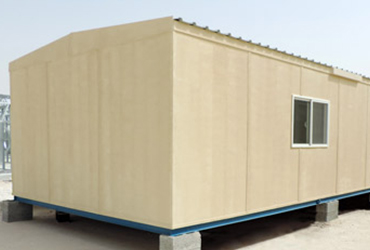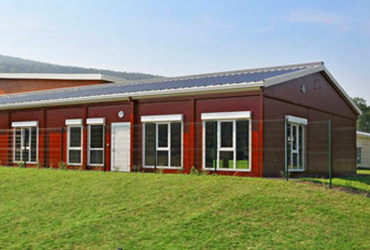Speed of Construction: Prefabricated buildings are quicker to assemble since components are manufactured off-site and then simply need to be assembled on-site.
Cost Efficiency: Due to mass production of components, prefab buildings are often less expensive than traditional construction.
Customization: While they are prefabricated, these buildings can be tailored to specific needs, including size, layout, and structural components.
Durability: Many prefab industrial buildings are built to last, often featuring steel or metal framing that provides strong support and resistance to harsh weather conditions.
Sustainability: Some prefab buildings use environmentally friendly materials and energy-efficient designs, contributing to sustainability goals.
Flexibility: They can be easily expanded or modified later as the needs of the business change.
Lower Operational Costs: Fast construction time can reduce labor costs and time associated with the building process.
Reduced Waste: Prefabrication allows for more precise manufacturing, which often results in less material waste compared to traditional methods.
Scalability: These buildings can be expanded or adapted based on future business needs.

